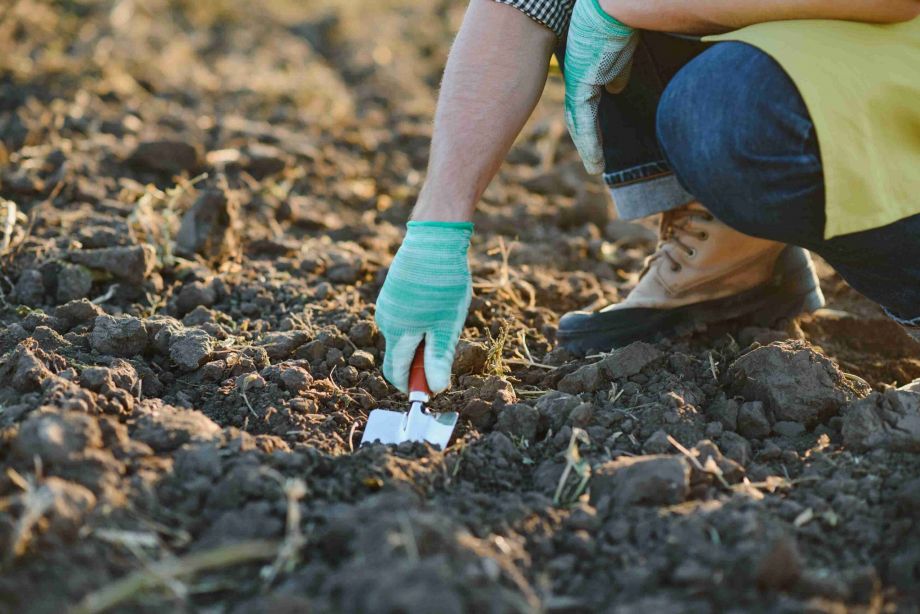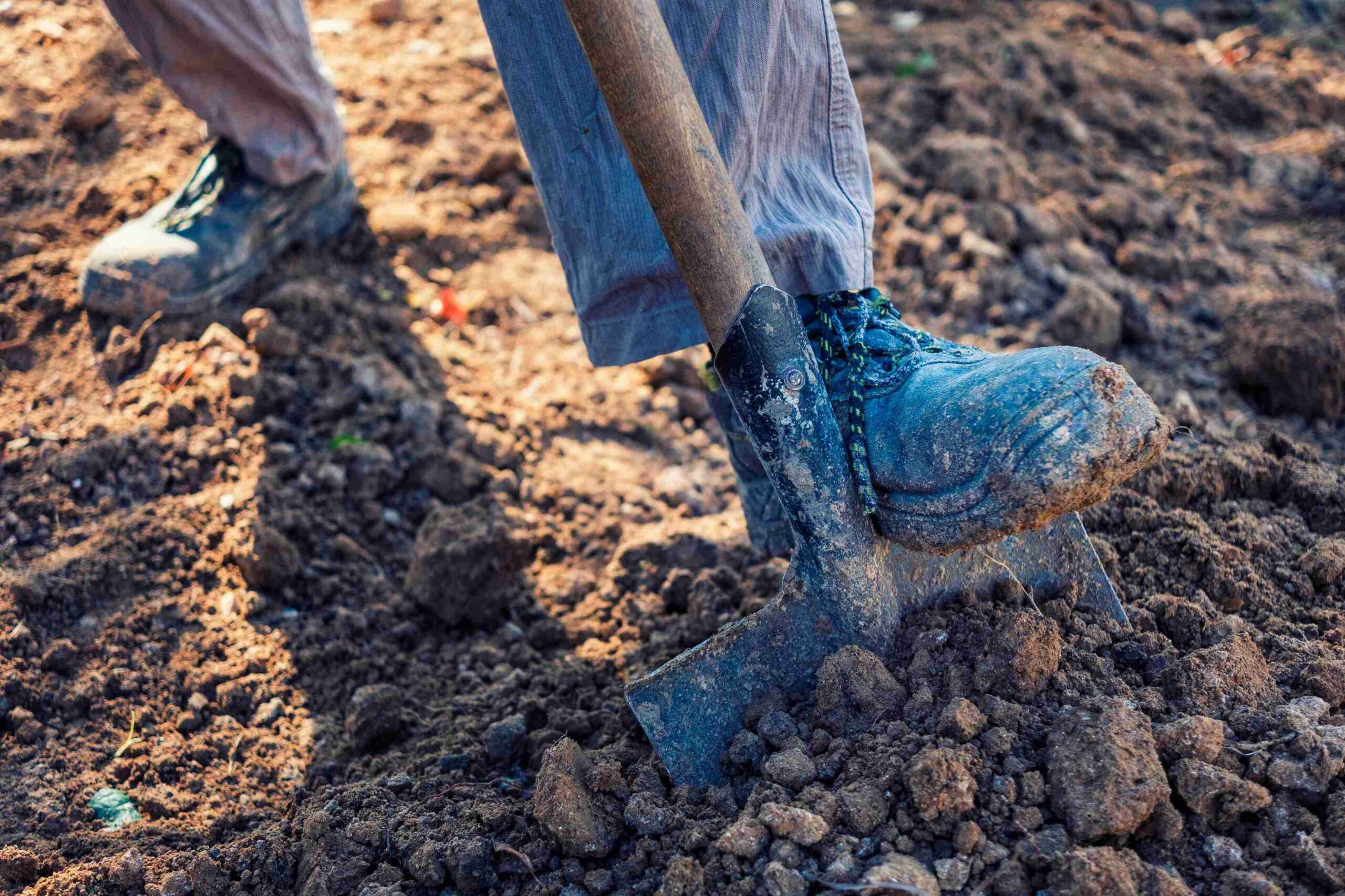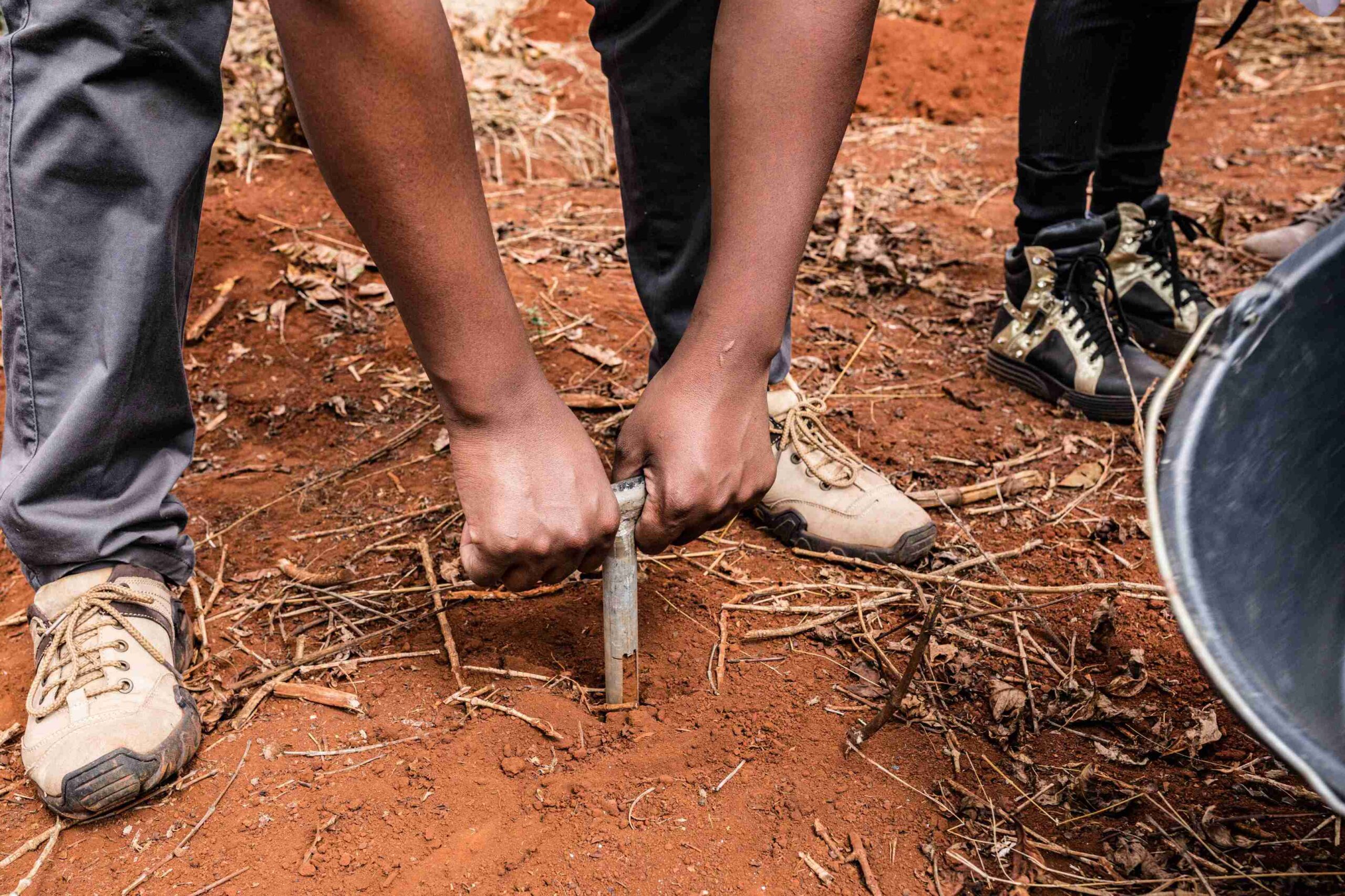
How Much Does A Perc Test Cost In Virginia?
Thinking about building on land in Virginia? Planning a new home or maybe just adding a septic system? You’re probably going to need a perc test first.
It’s one of those small but super important steps that tells you if the soil can handle a septic system. It’s not the most exciting part of the process, but it’s a must.
In this post, we’ll shed some light on how much a perc test costs.
We’ll also go over the factors that affect the costs of perc testing, and we’ll also breakdown our prices.
Our Perc Testing Prices
At Soils-Inc, our perc testing services start at $1,000. That base price covers everything you need to get a solid understanding of your site’s septic potential
Here’s what’s included in that price:
- Review of existing soil mapping
- Analysis of topographic information
- Check of available Health Department records
- On-site investigation by our team
- Up to five hand auger borings to evaluate soil conditions
- Drainfield layout for future permitting
It’s a full-service approach built to make your next step – building, selling, or submitting for approval – as smooth as possible.
Check Out Our: Perc Test Services In Virginia
How Much Does A Perc Test Cost
A perc test costs anywhere from $200 to $3,000 in Virginia, depending on how it’s done.
If it’s a basic test using hand-dug holes, you’re probably looking at around $200 to $1,500. These are quicker, simpler tests and work well for smaller projects or where the ground is easy to dig.

If the site needs a more in-depth test using an excavator to dig the holes, the cost jumps. Those tests usually land between $500 and $3,000 or more.
These are often required for larger lots, more complex soil conditions, or if the health department asks for a full soil study. The use of heavy equipment, plus extra time and expertise, adds to the overall price.
Factors That Affect The Cost Of A Perc Test
Okay, so we know the cost can range from a couple hundred bucks to close to two thousand. But why? It’s all about the specific conditions of your property and what the testing involves.
Let’s go through the main things that can bump up or drop down the price:
#1. Soil Conditions
Your soil type is probably the biggest factor in determining cost.
Some soils are easy to work with. Others are a real pain.
Sandy soil is usually the easiest and cheapest to test. The equipment goes through it like butter.
Clay soil is much tougher. It’s hard to dig through and takes longer to test. Rocky soil is even worse – sometimes they need special equipment just to get through it.
If your soil has a lot of roots, that adds time too.
Tree roots can really slow down the digging process. The contractor might need to bring different tools or spend extra time clearing the area first.
Also Read: How Much Does A Soil Test Cost?
#2. Site Characteristics
It’s not just the soil that can make things tricky. The layout of your land matters too.
A sloped or uneven lot can make it harder for the pros to get a good reading. They might need extra equipment or more time to do the test.
Some properties have wetlands or other sensitive areas that need special handling. This might require additional permits or careful planning around environmental restrictions. All of that adds to the cost.
So, if your land isn’t perfectly flat, expect to pay a little more.
On the other hand, a nice, flat plot will make the process a lot smoother—and cheaper.
#3. Type Of Test Required
There are different types of perc tests, and that affects the cost too, since some might be more involved than others, depending on your property and local regulations.
For example, there’s the traditional hole method (also called the “standard perc test”), which is more common and cheaper.

But in some areas, they may require more advanced testing, like a deep test, or a test that involves monitoring how long the water takes to drain at multiple depths.
These types of tests are more complicated, and naturally, they cost more.
#4. Number Of Test Holes
Most residential perc tests need between 2 to 4 test holes.
But larger properties or difficult sites might need more. Each additional hole adds to your cost.
The holes need to be strategically placed across your planned septic field area. If you have a big lot with multiple possible septic locations, you might need holes in several different spots.
More coverage means more holes, which means higher costs.
Some contractors charge per hole after a certain number. Others include a set number of holes in their base price.
Also Read: How Much Does A Septic System Cost?
#5. Labor And Equipment
The equipment needed for perc tests isn’t cheap to operate.
The test requires trained professionals to dig holes, monitor water levels, and take measurements. Plus, they use specialized equipment to ensure the test is done right.
If your property is in a hard-to-reach area or requires heavy machinery, that could raise the cost.
On the other hand, if your land is easily accessible and doesn’t need a lot of special equipment, you might be able to keep costs low.
#6. Weather Conditions
The weather in Virginia can be pretty unpredictable, and that can also affect the cost of your perc test. Heavy rain makes the ground too saturated for accurate testing.
Frozen ground in winter is another problem. Some contractors won’t even attempt tests when it’s too cold. Others might charge extra for winter work because it’s more difficult.
If you’re scheduling a perc test in the winter or during heavy rain season, be prepared for some extra unpredictability in the price.
The best time for perc tests is in the summer.
#7. Local Regulations And Permits
Different counties and localities in Virginia have their own rules for percolation testing.
Some areas might require additional permits or inspections, which can add to the cost. Others might have very specific rules on how the test should be conducted, which could affect the equipment or methods used.
Before you get too far into the process, it’s a good idea to check with your local health department or zoning office to find out exactly what’s needed.
Sometimes, you might need to factor in permit fees or other extra charges.
Bottom Line
A perc test costs around $200 – $3000 in Virginia. Hand dug hole perc test usually cost anywhere between $200 – $1,500 and excavator-dug hole perc test costs $500 – $3,000+.
If your soil is tricky, the land is uneven, or you need multiple test holes, it’s likely to be on the higher end.
If you’ve got a flat, simple lot with easy-to-drain soil, you’ll probably pay less.
The good news is that a perc test is a one-time expense, and it’s essential if you’re installing a septic system. Plus, getting it done right the first time can save you from bigger headaches down the road.
If you’re not sure about the specifics for your property, it’s always a good idea to call a pro.
They can give you a more tailored estimate and explain the exact process for your area.







